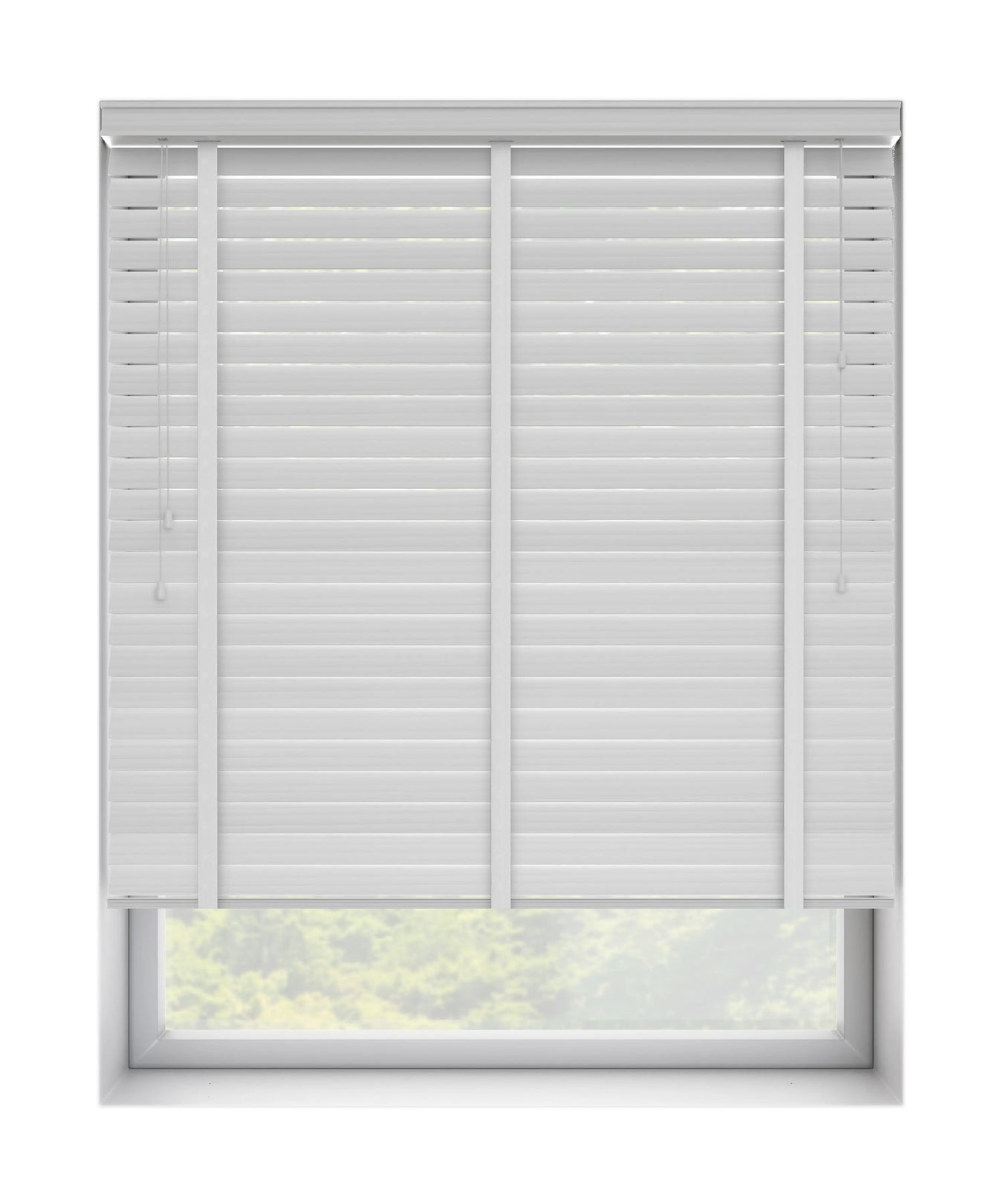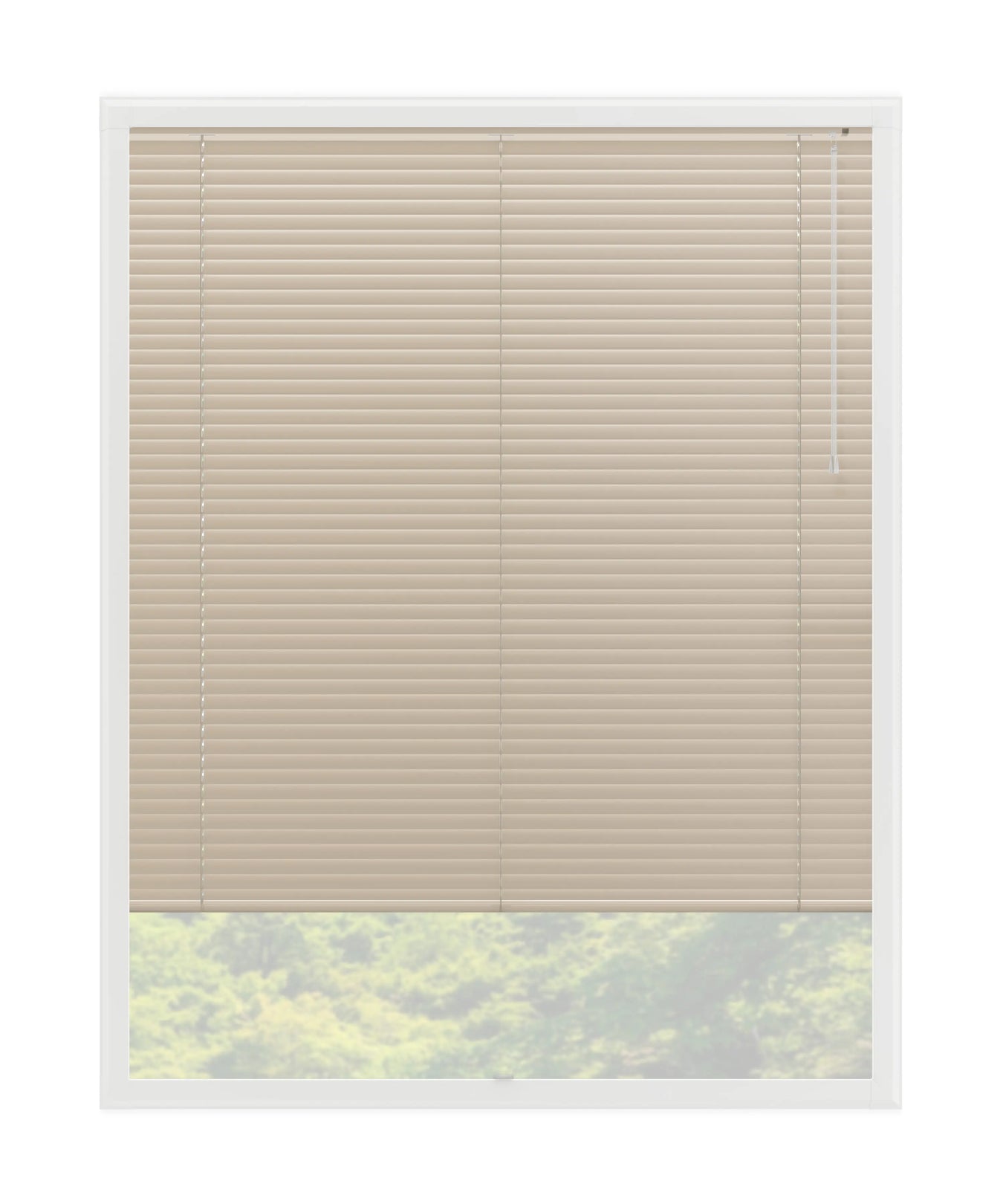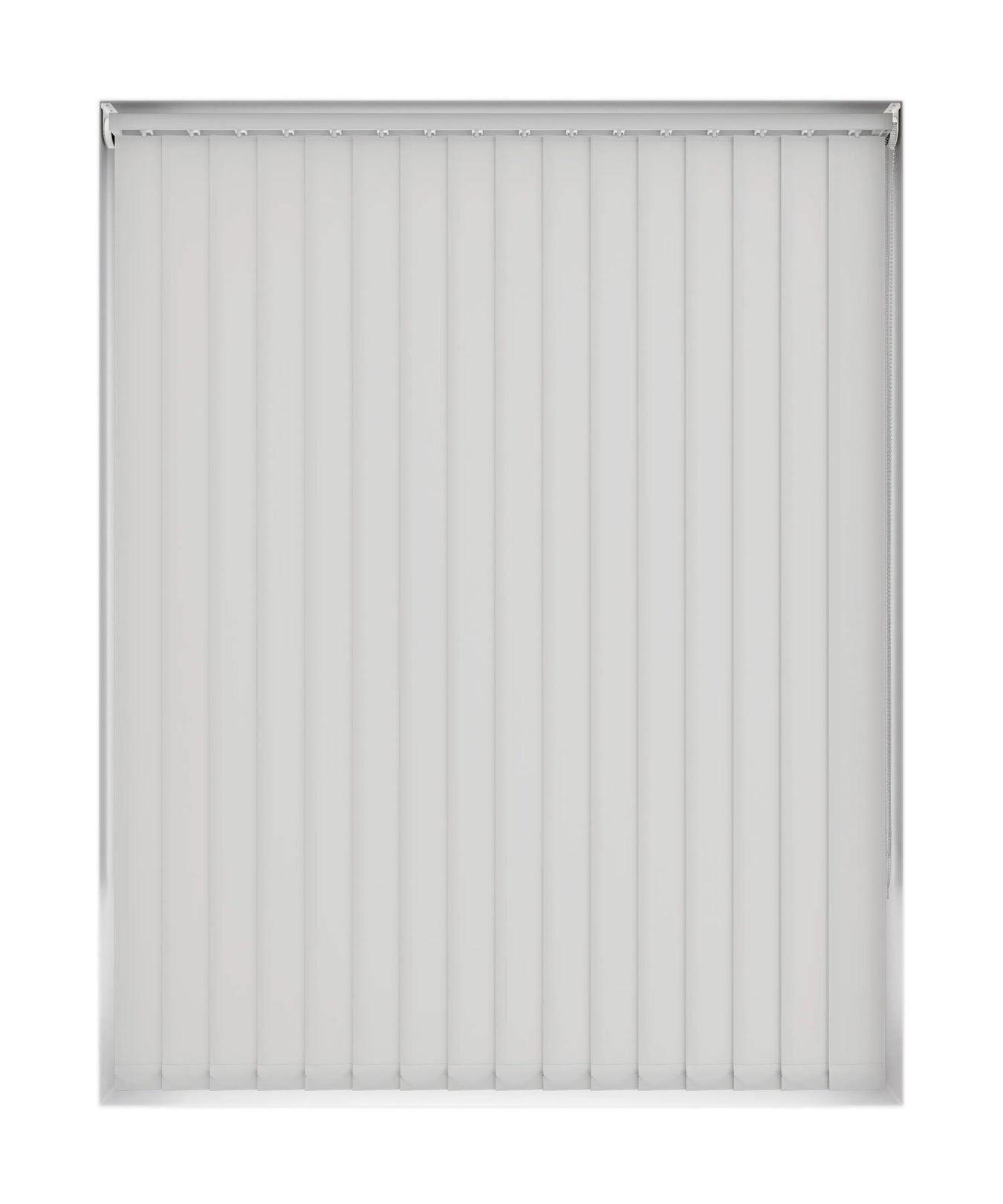
How Much Do Wood Blinds Cost & Which Wooden Blind Is Cheapest
Wood blinds can vary depending on the type of wood, size of window, and installation cost. Faux wood blinds are generally cheaper than real wood blinds, and the cost of window blinds can also vary depending on the blind styles...

















